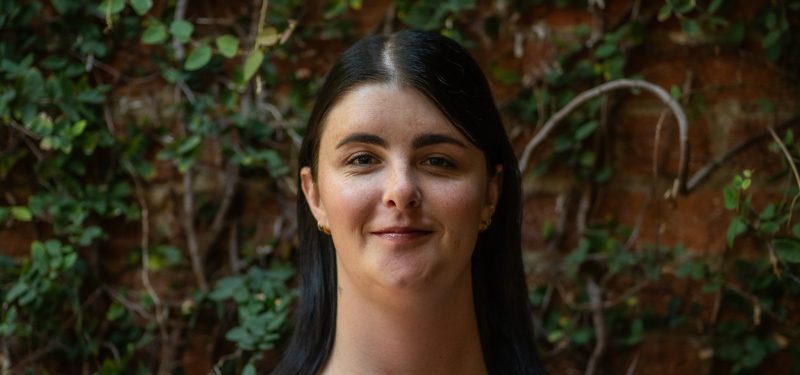By Jeremy Walsh
The 39-year-old Tarloff was taken to Bellevue for observation after his arrest Feb. 17 in the murder of Dr. Kathryn Faughey and the attempted murder of her associate Dr. Kent Shinbach, Manhattan District Attorney Robert Morgenthau said.At a hearing Feb. 22, Judge James Gibbons of Manhattan Criminal Court said the court-appointed psychiatrist's report on Tarloff's mental condition showed he was competent.The same day, Morgenthau announced a grand jury had handed up an indictment charging Tarloff with first- and second-degree murder, attempted murder, assault and attempted robbery.Tarloff was remanded to police custody after the hearing. If convicted, he faces a maximum sentence of life in prison. His case was transferred to state Supreme Court, where he is scheduled to appear March 25.Tarloff, who police said brought suitcases full of knives, women's clothing and adult diapers to the scene of the murder, did not remain institutionalized despite being examined by doctors at three separate hospitals in the city in recent months after incidents of unstable behavior. The decision to admit a patient to a psychiatric facility involuntarily is a complex process.New York State law provides three ways for a patient to be admitted without their consent. The first, medical certification, requires that two physicians examine a person and certify that he or she needs involuntary care and treatment in a psychiatric facility. This certification must be accompanied by an application for admission, from someone familiar with the patient, such as a legal guardian, relative, treating psychiatrist, or a number of government officials.A patient admitted by these means can be kept in a psychiatric center for up to 60 days, though patients, their friends or the Mental Hygiene Legal Service can appeal the matter.At the end of 60 days, and periodically after that, the center director must apply to a judge for authorization to retain the patient involuntarily.A person can also be involuntarily committed by a director of community services, or an examining physician designated by the director. This certificate states that the person has a mental illness which is likely to result in serious harm to self or others and immediate inpatient care and treatment is necessary.Patients admitted in this way must be examined within 72 hours by a staff psychiatrist, who follows the medical certification process described above.Some involuntary patients are emergency admissions based on the claim that the person has a mental illness likely to result in serious harm to himself or others. These patients must be examined within 48 hours by a staff psychiatrist. If he or she confirms a patient meets the requirements for emergency admission, the patient may be kept there for up to 15 days.After that, the involuntary admission can continue based on the medical certification process.But Michael Perlin, a professor at New York Law School and author of the book “The Essentials of New York Mental Health Law,” the challenge in keeping the patient in a facility involuntarily is proving he is dangerous,”There must be clear and convincing evidence of serious mental illness, and as a result of that mental illness, danger to self or others, and that danger need not be premised on an 'overt act,' ” Perlin said. “So a threat could be enough.”But Perlin said predictions of a patient's future risk to himself and others are “notoriously poor, and generally there are far more false positives [incorrect predictions of dangerousness] than false negatives [incorrect predictions of non-dangerousness].”Reach reporter Jeremy Walsh by e-mail at jwalsh@timesledger.com or by phone at 718-229-0300, Ext. 154.





























